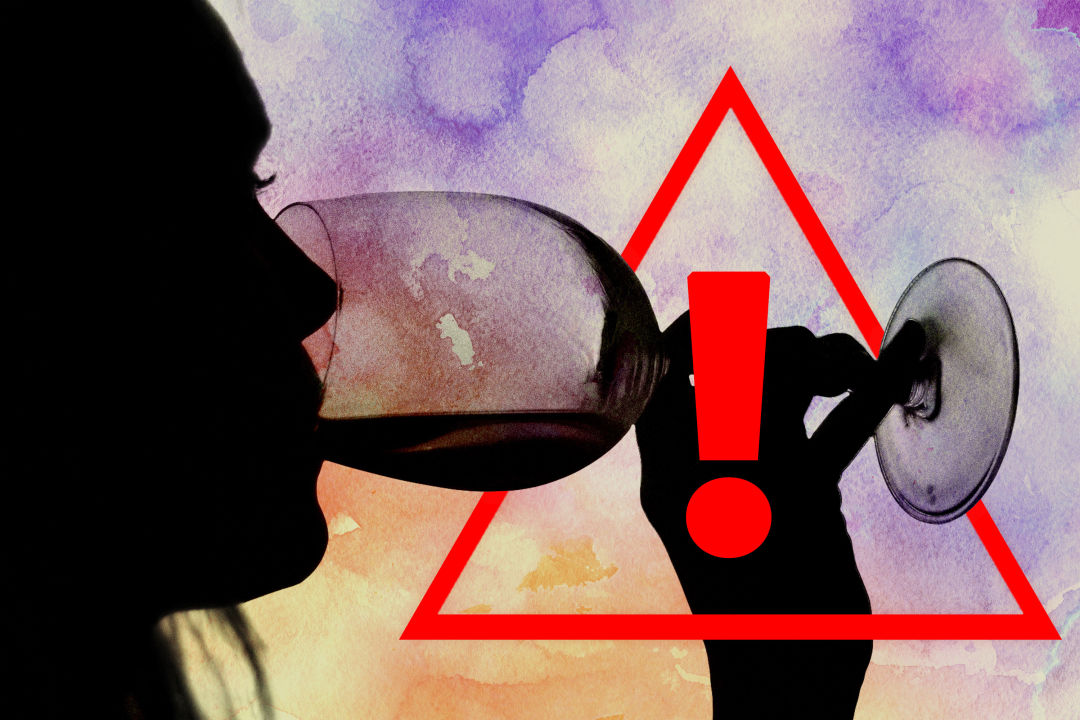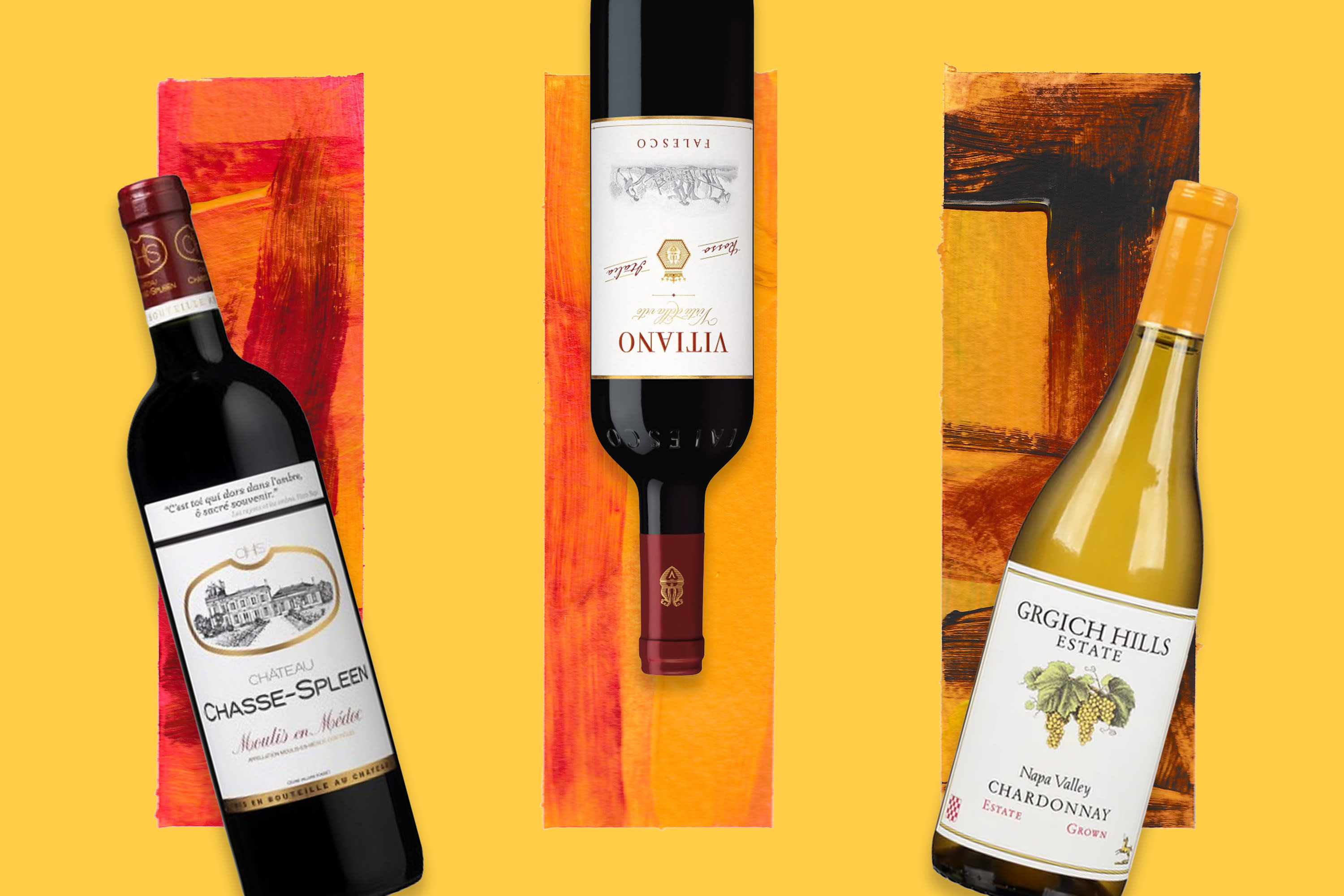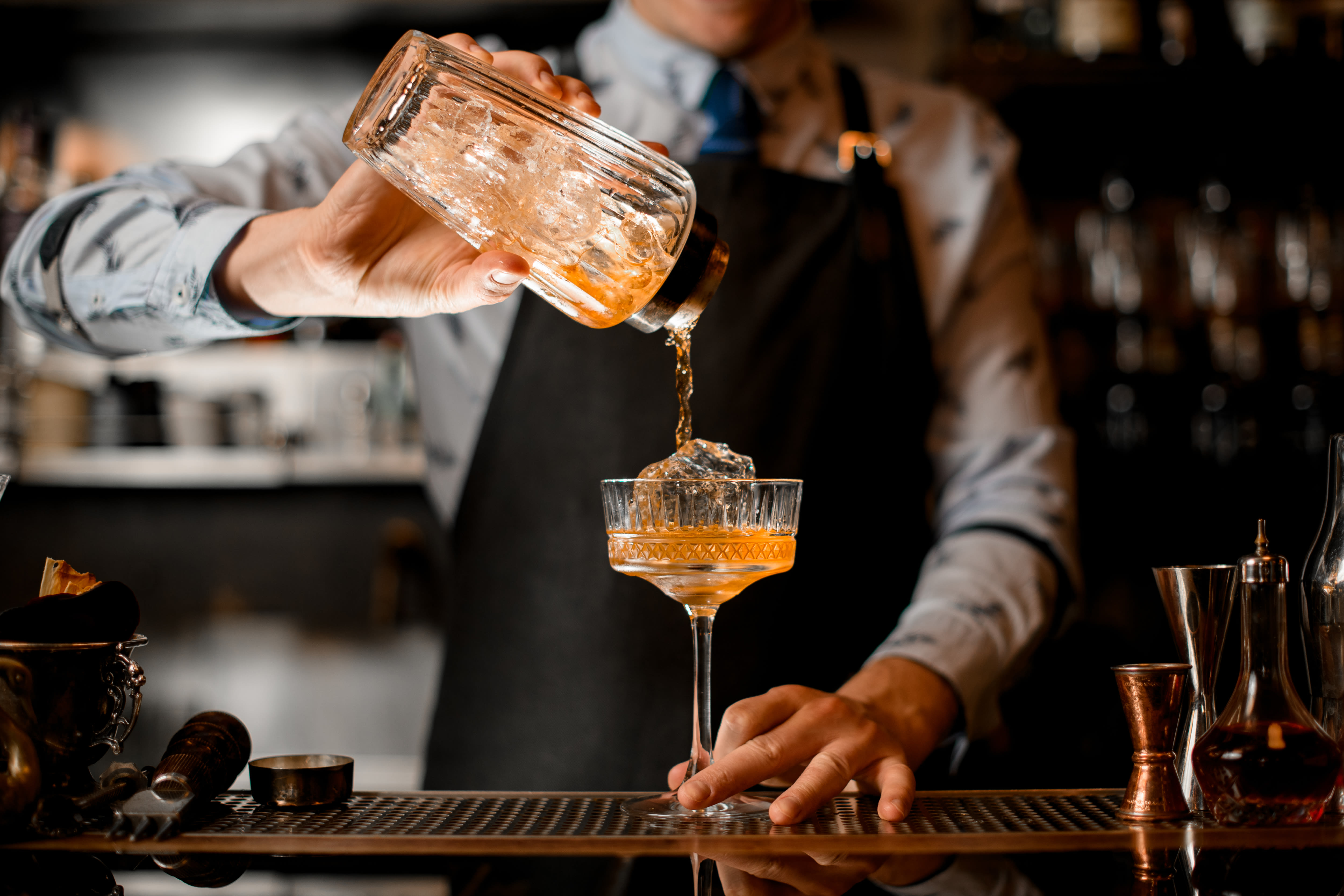How to Avoid Making a Fool of Yourself at a Wine Tasting

Image: Kari Perrin/Shutterstock
With an abundance of walk-around wine tastings available this month, especially this Sunday's immense Forks & Corks Grand Tasting, it seems a good time to review wine tasting protocols. Yes, they do exist, and they're intended to help you get the most out of your experience.
First of all, it’s important not to become inebriated, but even if you don't intend to overdo it, make sure to secure a ride home ahead of time—whether it’s from a friend, a taxi, an Uber, a Lyft or—why not go big?—a limo. Plan to stay sober, but things can easily go awry, which can cause you to become a danger to yourself and others.
Now that your transportation is arranged, let's move on. First off, remember: You don’t have to sample all of the wines available. At the Grand Tasting, there will be more than 90 vendors, which translates into more than 100 wines.
Even at smaller tastings, like those hosted by ABC Fine Wine & Spirits, Michael’s Wine Cellar or Total Wine & More, there will usually be at least 10 and as many as 20 wines. If you consumed only 1 ounce (a meager amount) of 10 wines, that’s nearly half a bottle—certainly enough to become buzzed. To stretch that to 20 wines would be consuming close to a whole bottle, which, in a short period of time, would make you seriously impaired.
The idea behind any of these tastings is for you to learn about new wines, socialize and enjoy the experience. So plan ahead to taste wines from places that are new to you or that come from emerging regions. Look for highly rated wines or ones out of your price range. If you already know that you like certain producers, get to know them better and perhaps arrange for a visit or have them ship special selections. Another idea might be to try various chardonnays or cabernet sauvignons to detect differences in styles and find one that is especially appealing to you.
Another key is to spit. Every table should have a spit bucket. If there isn't one, request one. Some people feel embarrassed to spit, but it is totally acceptable and you might influence others to do the same. Tasting means just that: taste. Taste buds become less clear as more wines are sampled. Palate fatigue can set in after 10 wines, and anything beyond that can become a blur.
In 1981, Art Buchwald wrote an amusing piece about learning to spit while visiting Bordeaux. According to the story, Buchwald's host, legendary winemaker and writer Alexis Lichine, brought Buchwald to the cellars of top chateaux to taste extraordinary wines. As Buchwald sampled the vintages, spitting on the floor became second nature to him. Buchwald wrote that when he later visited Château Mouton Rothschild, "we went upstairs and a servant served us each a bubbling glass. Lichine toasted his host, and we each sipped some. Then as Lichine looked on in horror, I swished it around in my mouth. He screamed, 'No.' But it was too late. I spat it on the floor.”
The last important rule of a wine tasting: Don't hog the table. If you want to engage the pourer, step to the side so as not to interfere with others. Otherwise, the idea is to obtain a sample, taste it and move on.
Bob McGinn has spent his entire career in the wine industry—forming wine clubs, working in wine sales marketing and engaging in all facets of the winemaking process, including vine management, fermentation and yeast analysis. He has developed wine programs for companies such as Marriott, Sheraton and Smith & Wollensky, and consults with local restaurants. You can read more of McGinn’s work at gulfcoastwinejournal.com.



